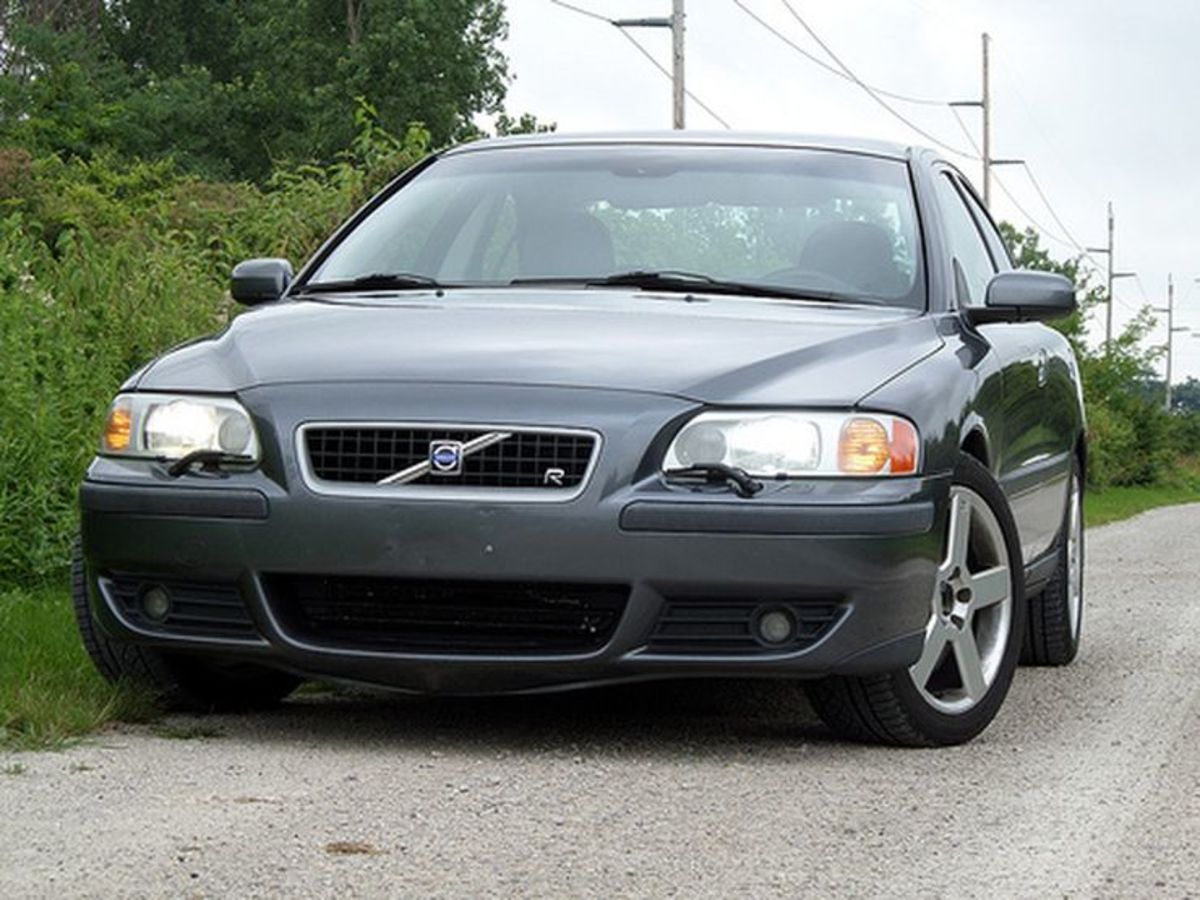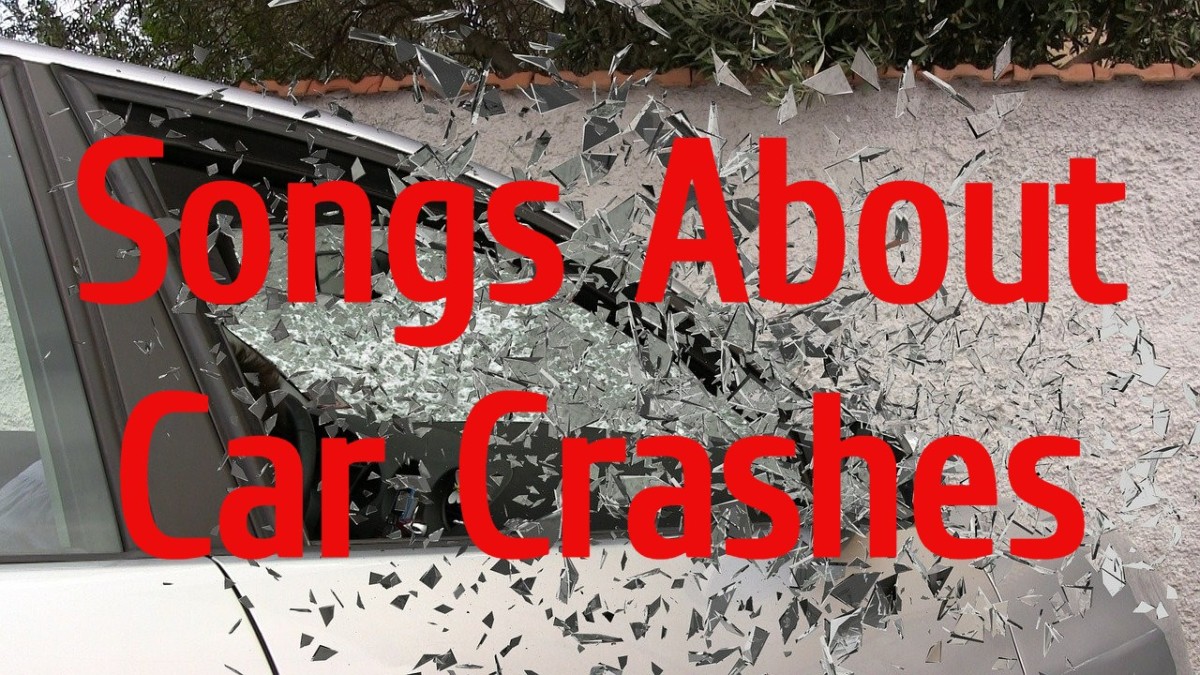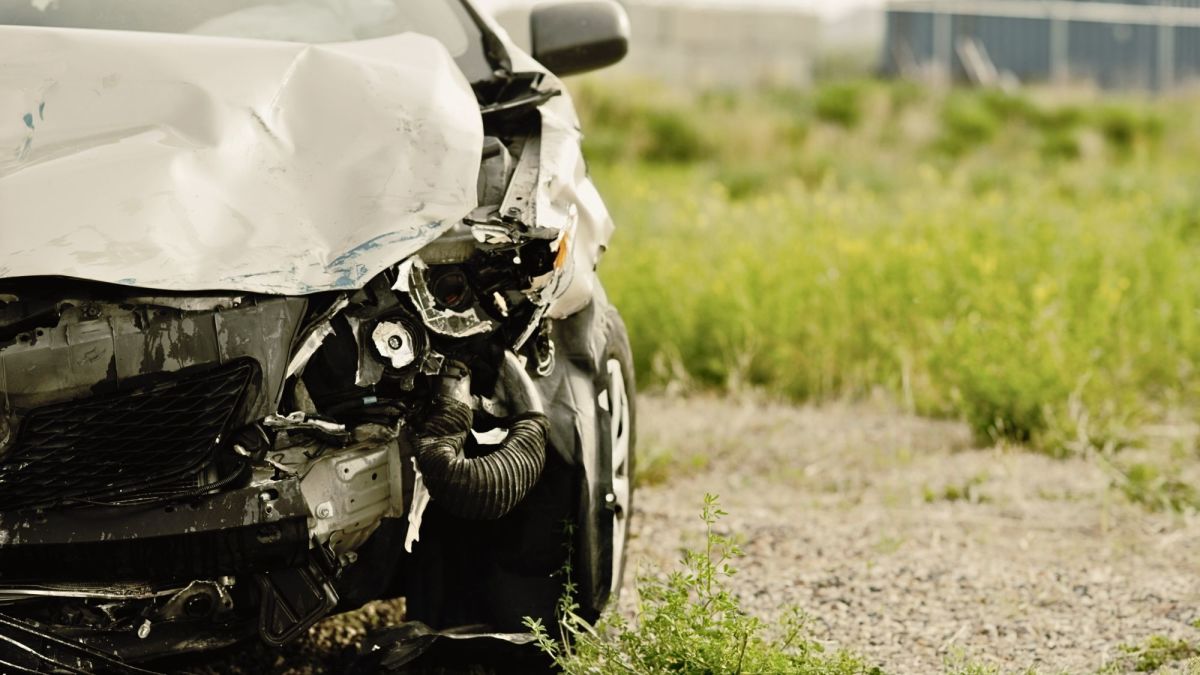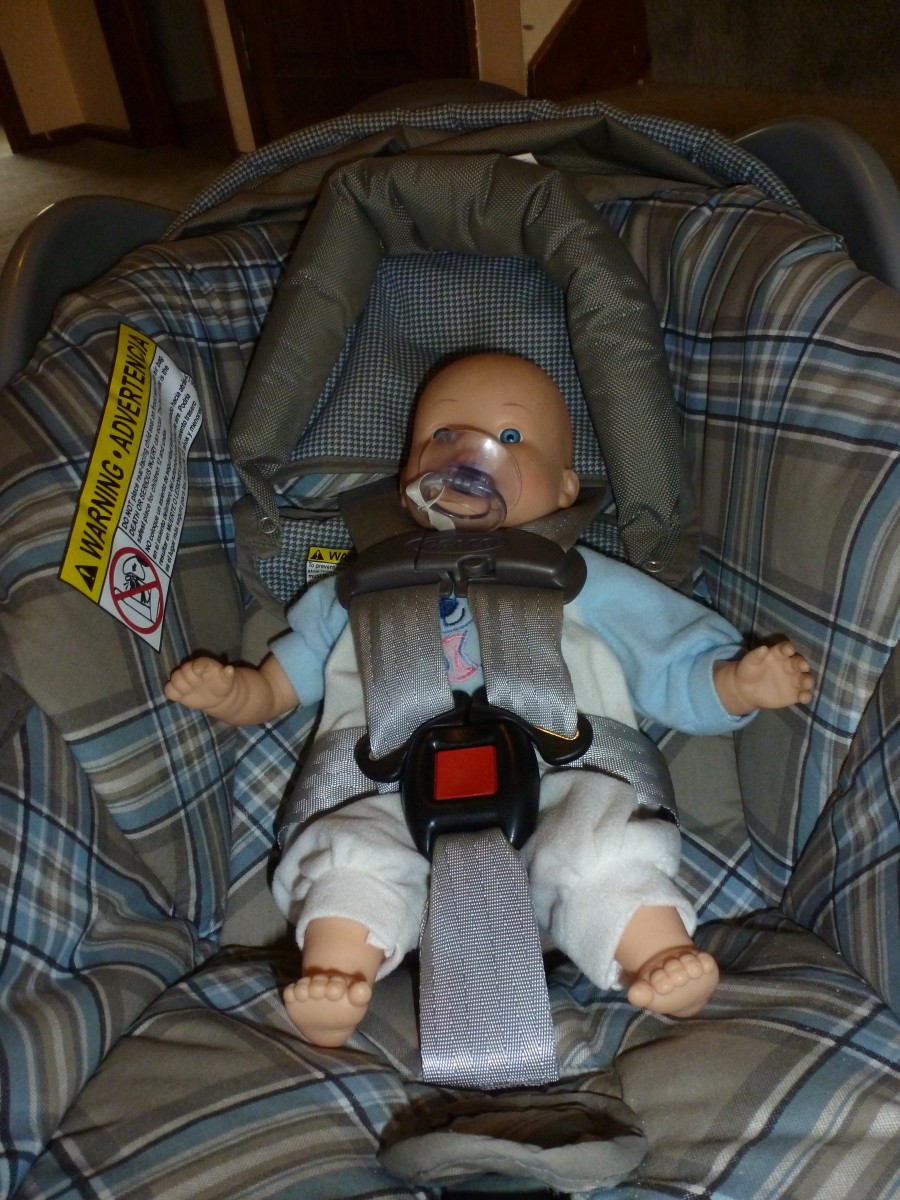Teen Drivers: Mastering Car Safety and Accident Prevention
What a Car Looks Like After a Crash
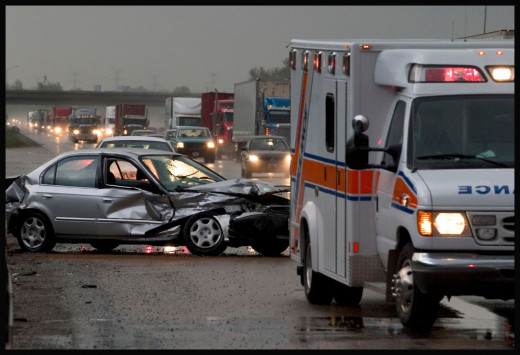
Understanding the Risks: Common Causes of Teen Driver Accidents
Driving a car is the single most responsible act of your young life. The average car weighs about two tons and can attain speeds exceeding 100 miles per hour (ca. 161 km/h). Think of your car as a giant tank in a war game. Think of yourself as commanding that tank.
If you drive aggressively, you will most likely have more accidents than people who drive defensively.
Aggressive driving is the top cause of automobile accidents today.
Aggressive driving techniques include, but are not limited to:
- driving too fast
- following the car in front of you too closely (tailgating)
- trying to 'beat' red lights
- honking your horn excessively - especially when it is out of frustration
- yelling at other drivers
- impatience with other drivers
- accelerating rapidly
- braking inappropriately
- trying to pass other drivers all the time
These aggressive acts in a car are deadly. You may kill yourself or others.
Understanding the Benefits: Defensive Driving Makes a Safe Driver
Defensive driving is the safest way to drive.
Defensive driving techniques include, but are not limited to:
- Keep a constant vigil of an area including your car and at least ten feet around your car.
- Keep your cool at all times.
- Obey all traffic limits and laws.
- Respect your car and its ability to cause major harm to life and property
- no drinking, texting, changing radio stations/music, trying to retrieve dropped items, etc. while driving.
- Practice driving skills frequently, not just in driver's education classes.
- Listen to the advice of professional drivers.
- Understand your auto's maintenance schedule and keep it up to date.
There is more to driving than just sitting behind the wheel of a car and getting it to go where you want.
A few billion other people must share the road with you. Good driving is a learned skill, and it is up to you to learn how to drive well.
Preventing Traffic Accidents Through Awareness and Safe Practices
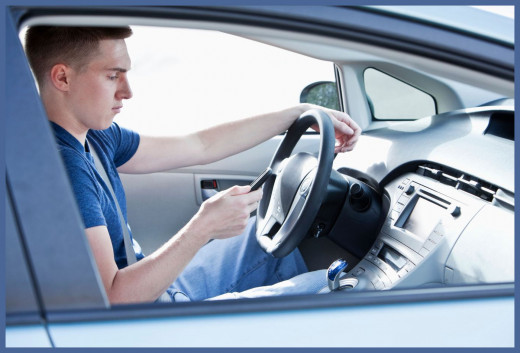
Teenage Drivers Number One Cause of Teen Deaths
According to Statistics at Teen Driver Source, the Number One Cause of Teen Death (Ages 16 to 19) is Car Crashes.
Many times these crashes occur during the first six months to a year after obtaining a license to drive. This proves the statement that inexperience is the number one reason for car collisions.
Everyone has to start somewhere, but in the case of teenage or new drivers, it pays to get plenty of education and actual practice before getting out there on the road. Teens need the very best driver's education that can be found. Never skimp on this vital instruction. If possible, hire a professional driver trained in schooling teens and new drivers.
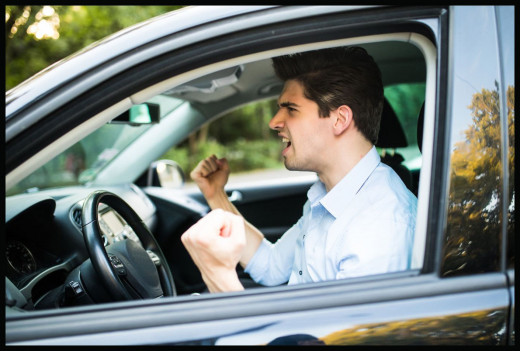
The Three Critical Errors That Cause Serious Teen Accidents
1. Inability to Scan Ahead, Locate and Respond to Road Hazards
Teen drivers do not see the whole road picture. They focus on minor things and major hazards are ignored. Eventually, with practice, drivers learn to "watch the road", not just their immediate vicinity. Practice looking far ahead and anticipating what the drivers around you are going to do.
2. Going Too Fast
Especially going too fast around curves and through intersections. Inexperienced drivers do not have a "feel for the road". This only comes with practice and patience. Practice setting up a driving course with cones or other obstacles and drive it over and over at different speeds.
3. Being Distracted
Being distracted, even for a second, can mean the difference between a crash or successfully negotiating a dangerous situation. Just changing the radio station can be distracting enough to cause a teen driver to miss a child running out into the street or someone running a stop sign. Practice having someone throw a soft rubber ball at your car at unexpected times under controlled conditions.
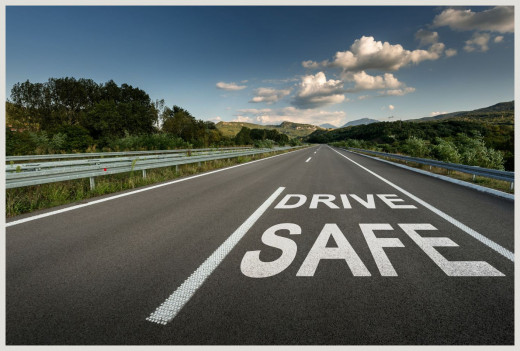
Essential Driving Skills: Mastering the Art of Safe Driving Through Consistent Practice
Everyone, not just teens, should take a driving course that includes:
- Proper vehicle positioning and mirror adjustments
- Smooth and controlled acceleration and braking
- Accurate and timely signaling for turns and lane changes
- Maintaining a safe following distance
- Checking blind spots before changing lanes or merging
- Mastering parallel, perpendicular, and angle parking techniques
- Navigating intersections, including right-of-way rules and traffic signals
- Adapting to different weather conditions and adjusting driving accordingly
- Effective use of defensive driving techniques to anticipate and react to potential hazards
- Properly handling highway driving, including merging, maintaining appropriate speeds, and exiting safely
- Understanding and adhering to local traffic laws and regulations
- Building confidence in handling emergencies, such as tire blowouts or skids
- Practicing effective communication with other drivers, cyclists, and pedestrians
- Staying focused and avoiding distractions while behind the wheel
- Developing a responsible attitude towards driving and making safe decisions

What are the Qualifications of an Outstanding Driving Instructor?
-
Certification and Licensing: A valid certification from a recognized driving instructor training program and an up-to-date instructor's license as required by the state or country.
-
Knowledge of Traffic Laws: Comprehensive understanding of traffic regulations, road signs, and local driving rules to ensure students learn to drive in compliance with the law.
-
Teaching Skills: The ability to break down complex driving concepts into digestible lessons, provide clear instructions, and adapt teaching methods to accommodate different learning styles.
-
Patience and Empathy: The ability to maintain composure and understanding when students struggle with new skills or face challenges, fostering a supportive learning environment.
-
Communication Skills: Excellent verbal and non-verbal communication skills to effectively convey information and provide constructive feedback, ensuring students understand and apply the lessons.
-
Experience: Prior experience teaching students of varying ages, skill levels, and backgrounds, demonstrating versatility and adaptability as an instructor.
-
Safety Focus: A strong commitment to prioritizing safety, teaching defensive driving techniques, and emphasizing the importance of responsible driving habits.
-
Professionalism: Punctuality, reliability, and a professional demeanor to establish trust and credibility with students and their families.
-
Interpersonal Skills: The ability to build rapport with students, create a comfortable learning atmosphere, and encourage open communication for optimal learning outcomes.
-
Continuous Improvement: A willingness to stay current with industry trends, attend professional development workshops, and continuously refine teaching skills to provide the best possible instruction.

What Kind of Driver are You?
Do you see yourself as (choose one):
Reflecting on your driving style can help you identify areas for improvement, ultimately contributing to a safer driving experience for both yourself and others on the road.
Resources and References
- National Highway Traffic Safety Administration (NHTSA) - www.nhtsa.gov
- Governors Highway Safety Association (GHSA) - www.ghsa.org
- Insurance Institute for Highway Safety (IIHS) - www.iihs.org
- National Safety Council (NSC) - www.nsc.org
- Best Selling Book on Amazon -
The Driving Book : Everything New Drivers Need to Know but Don't Know to Ask
This content is accurate and true to the best of the author’s knowledge and is not meant to substitute for formal and individualized advice from a qualified professional.
© 2013 Lela Cargill

